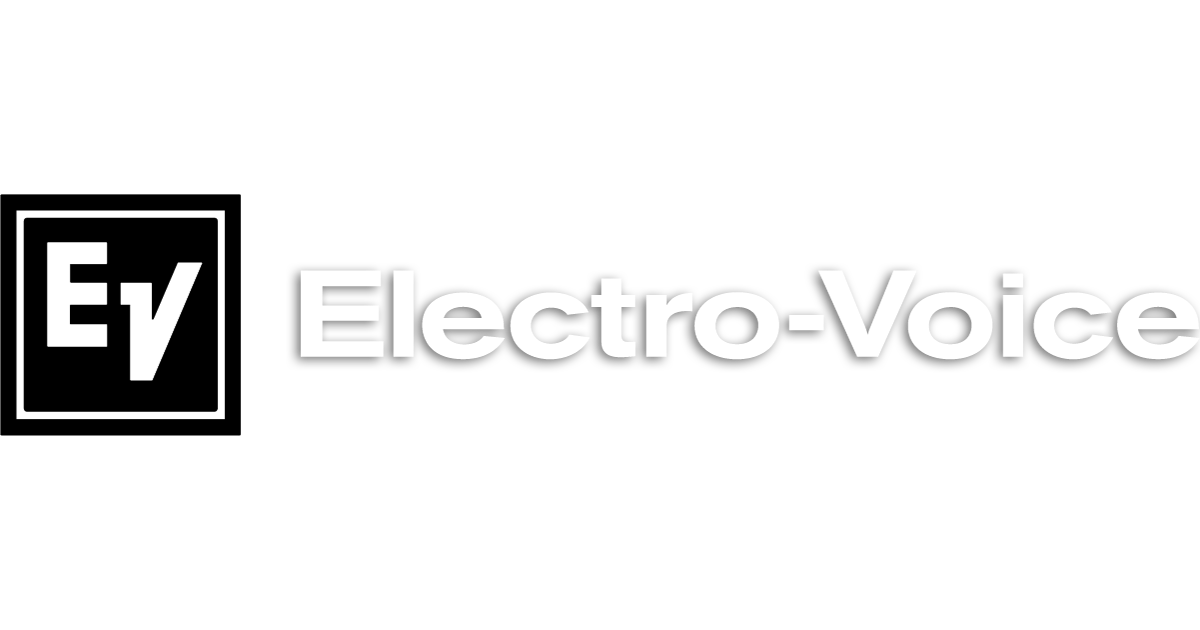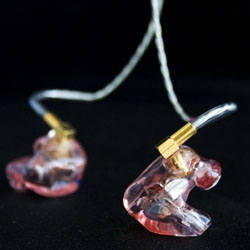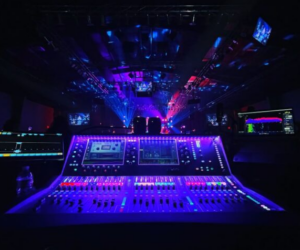Once the exclusive domain of millionaire rock stars, wireless in-ear monitor (IEM) systems with custom molded earpieces are not only mainstream, they’re par for the course for music of all genres, short of traditionalists and purists.
Most audio vendors and many venues own wireless IEM systems, most touring bands carry their own, and most professional musicians have one or more pairs of earpieces.
Modern wireless IEM systems are frequency agile and can scan across five or six UHF TV channels. Wireless UHF systems come with one or more pre-coordinated groups, specific frequency sets chosen to prevent inter-modulation, and to maximize the number of systems that can operate together.
The number of systems that can be used in a group is limited by existing TV broadcasts within that group. Some systems have several groups, each optimized for different sets of occupied TV channels.
Groups near TV 37 (608-614 MHz), where the FCC has protected a couple of “safe haven” channels, will be preferable in the future for unlicensed users.
Unlicensed UHF band usage limits broadcast power to 50 milliwatts. Adjustable squelch permits use in higher RF environments by raising the squelch (which shortens the range). Lower RF power levels can reduce multi-unit interference on smaller stages.
Analog wireless IEM systems transmit stereo in multiplexed (MPX) FM, and channel separation is less than hard-wired stereo, so signals hard-panned to the 5 and 7 o’clock positions only sound like 9 and 3 o’clock.
Channel separation is further reduced below 200 Hz and above 8 kHz so that guitars and voices pan better than bass, kick drum, and cymbals.
There are two basic types of IEM earpiece transducers. Dynamic full-range drivers, pioneered and promoted by Marty Garcia and Future Sonics, have a warm, full sound with a natural roll-off in the high end. Most other manufacturers use balanced armature drivers, which are less efficient at low frequencies.
As with loudspeakers, improved performance is achieved by crossing them over to multiple band-passes, and by doubling them up. Most manufacturers of balanced armature earpieces offer several designs, each with a different response.
Besides sound quality, the fit and comfort of custom molds are vital, since they’re worn for hours at a time, and their ability to seal out sound on louder stages can allow performers to monitor at lower volumes to avoid hearing loss.
However, even custom molds are no guarantee that a performer’s hearing will be protected, since the tendency is still to turn it up.
Custom molds also provide the freedom to move around with less chance of them falling out. Because they fit well, they’re also more easily inserted and taken out.
On a final note, some savings can be achieved by using generic-fit earpieces with custom tips that provide most of the comfort and isolation of a custom mold at a lower cost, while allowing the earpieces to be reused later with generic tips or with another performer’s custom tips.
Take our PSW Photo Gallery Tour of current models of IEM systems and custom earpieces.
Mark Frink is editorial director of Live Sound International.
















